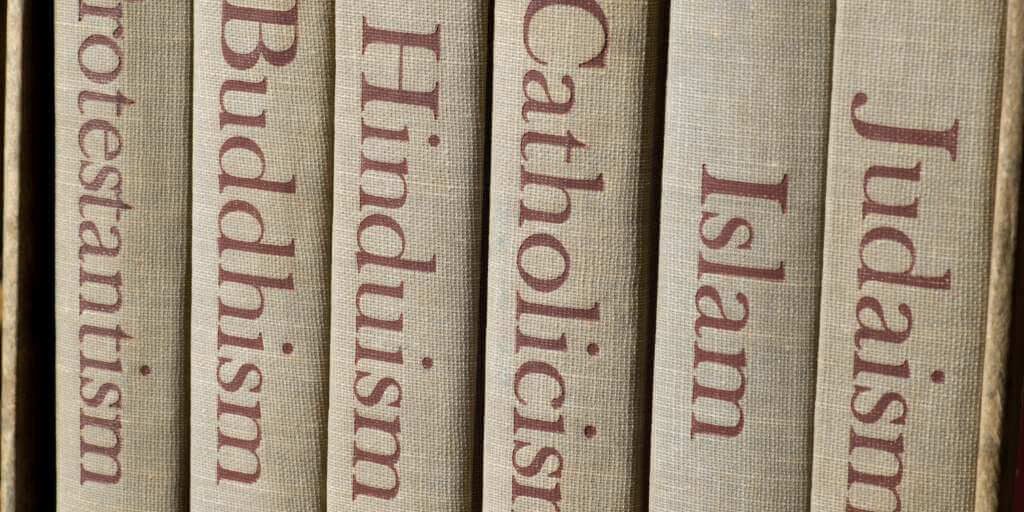Your Very Brief Guide to Some World Religions
Many in North America don’t think of religion as their favorite dinner table topic. Yet for many newer arrivals, their religion is the reason they choose the food on their dinner table. For a majority of the world religions, faith is a part of daily discussions. It can dictate what they wear, what they eat, how they marry, and even when they wake up!
Religions Represented in Our List of UPG’s
Five major world religions are represented among the unreached people groups (UPG’s) in our matrix: Islam, Judaism, Sikhism, Buddhism, and Hinduism. These also happen to be the dominant religions of the 10/40 window. Understanding a little about these religions helps us start to see the diversity of these UPG’s and the necessity of different strategies for reaching them.
The most important thing when engaging people of different faiths is to let them define their faith for themselves. Maybe you’ve read a book on Hinduism? Good job. But that doesn’t mean that you know how an Indian from Bangalore practices her Hinduism. Religion can get messy when we make assumptions. And the diversity of religious worlds (like the Muslim world) should not be underestimated. I sure hate it when people assume they understand my faith and you probably do too.
So here’s a short and definitely not thorough (though hopefully practical) summation of getting along with people from these religions.
Muslims–a whopping 44% of people represented on the matrix are followers of Islam (Muslims). Essentials: they don’t drink alcohol or eat pork. They value modesty and often don’t socialize with men and women who aren’t relatives.
Hindus–they are 31% of the people on the matrix. Vegetarian food is good to stick to with Hindus until you know otherwise. Nearly all of the Hindus on our list come from India and speak Hindi or Gujarati. Those are the two largest people groups on the matrix.
Jews–These groups are 15% of the total. They are generally strict adherents to the many rules of Judaism. Hasidic and Orthodox Jewish groups comprise a majority of the top 10 groups because these are difficult groups to access due to their close-knit communities.
Sikhs–About 8% on our list are Sikhs. They are generally known for their friendliness. Bright colored turbans and elegant beards make these men easy to identify. They are often mistaken for being Muslim. Please don’t make that mistake.
Buddhists–This is the smallest religion represented at 2%. They come from three regions: Tibet, Sri Lanka, and Thailand. While Thais are the largest group, Tibetans are the most in need of cross-cultural evangelism. Many Chinese practice Buddhism, or elements of Buddhism, but a large minority of their population is Christian, which keeps Chinese off our priority list.
For more resources on each of these, you can explore here.






